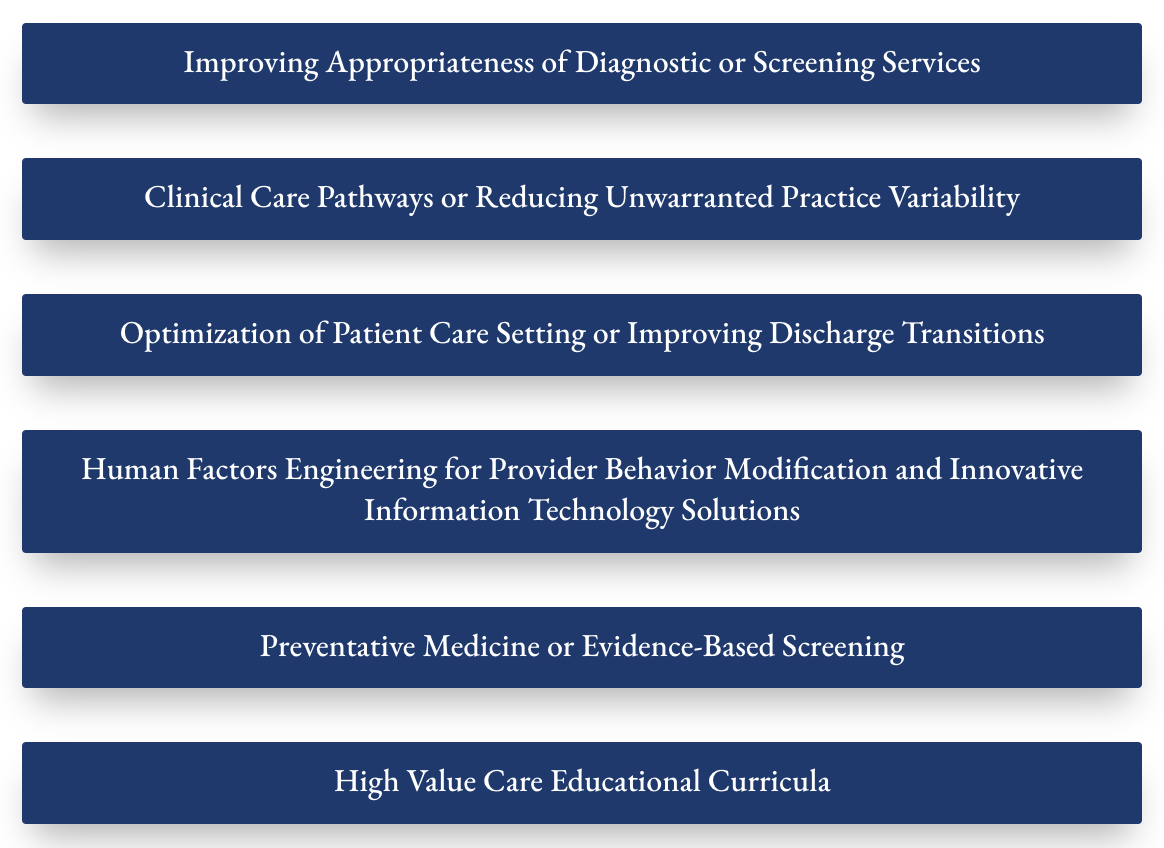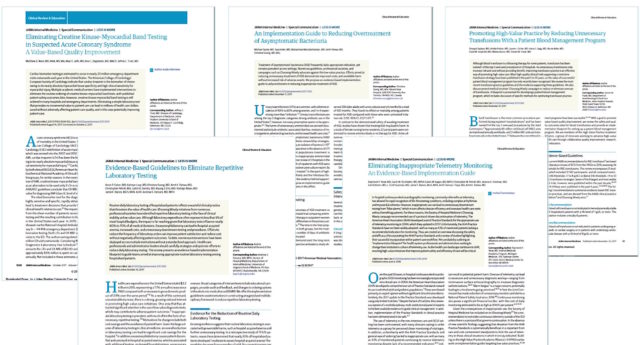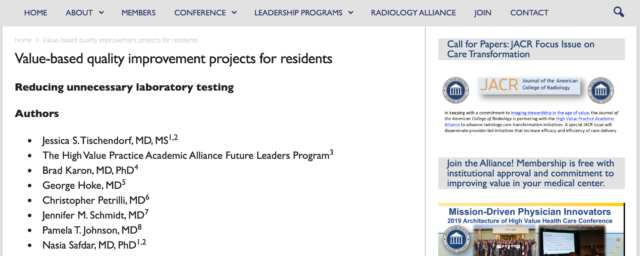From the 2019 HVPAA National Conference
Mrs. Laura Roe (Duke University Medical Center), Susan Spratt, Brian Griffith, Michael Datto
Background:
Implementation of electronic health records (EHRs) across hospitals in the United States (U.S.) has led to the accumulation of vast amounts of health care data for individual patients. However, the process of leveraging historical patient-level data to inform real-time, value-based, decision making by clinicians designed to avoid unnecessary duplication of diagnostic test results has proven challenging given heterogeneity in coding of test-specific data elements and lack of facile, iterative approaches to rapidly display prior test results before completing order entry.
Methods:
Using the Duke University Health System (DUHS) EHR database starting in 2014, we initiated a pilot project to develop and validate analyte clustering algorithms that identify and classify historical results for several commonly ordered laboratory tests that do not rapidly change over time and/or are not recommended to be evaluated repeatedly over short time intervals (TSH, hemoglobin A1c, Vitamin D, Vitamin B12, Folate, Hepatitis C Antibody). Multiple user interfaces were designed and displayed to clinicians at several inpatient and outpatient locations across DUHS previously identified based upon higher frequency of suspected inappropriate ordering trends for these laboratory tests. In an iterative fashion, best practice advisories (BPAs) were developed to present health care providers with trended, previously ordered results for these laboratory tests to reduce the frequency of unnecessary/redundant orders (determined based upon the aforementioned validated clustering algorithms). Finally, a prototype reporting system is under development to monitor changes in the frequency of unnecessary/redundant orders for these targeted laboratory tests.
Results:
After one month of the pilot deployment of the BPAs and the reporting system at the targeted clinical locations across DUHS, preliminary results demonstrate that approximately 30% of unnecessary/redundant orders for these laboratory tests have been prevented (Table). Further data on the pilot deployment are being collected with final results over the 6-month initial phase expected to be available for presentation by October 2019.
Conclusions:
By deploying validated analyte clustering algorithms to identify, classify, and display potentially unnecessary/redundant laboratory test ordering to providers, our preliminary results demonstrate the potential positive impact of a value-based, decision-support initiative across multiple clinical locations within a learning health care system. As this initiative is scaled and adapted to additional clinical sites, continuous data feedback and monitoring are expected to delineate the optimal framework for facilitating high-value ordering of laboratory tests by providers across diverse clinical locations.
Figures






